I’ve played nearly all the parts in Death and the Maiden
mainFrom our diarist Anthea Kreston:
As I sit on the airplane, heading to Montreal to start my final tour as a member of the Artemis Quartet, I am awash in memories of a life-long relationship with Schubert‘s “Death and the Maiden” String Quartet. I first played the quartet as a high school student, as first violinist with my youth orchestra weekend gig quartet. We made a decent amount of pocket change doing parties, weddings, and the occasional funeral. Family and friends of the family initially hired us, but as the word spread, we began to see more and more of each other. We had compiled a nice set of huge music binders (which would sway precariously on our metal stands during outdoor events), filled with things like Flonzaley Favorites, the Brandenburgs, Music for Weddings, and an odd mix of random stuff including Cannon in D, musical medleys, Ritual Fire Dance, and Death and the Maiden.
We would start each gig well enough – playing through the most innocuous of selections. Once the bride had come and gone, the cake eaten, and people dispersing, our self-control naturally began to slip. Trying to make someone laugh so hard a booger would come out, or playing your whole piece on backwards bowings, or on only one string, finally gave way to our favorite game – “Respect the Flip“. Taking turns, closing our eyes, a member would flip through the enormous book, and wherever they stopped, we would have to play. Medleys from Elvis or, if we were lucky enough, Ritual Fire Dance, would erupt from the group, with rarely a complaint from our slightly inebriated audience. And it’s true – if one of us could somehow pilfer a half-drunk glass of beer off a table, we considered ourselves that much more fortunate.
It was at these moments when someone would suggest playing the Death and the Maiden, which rivals Ritual Fire Dance as just about the most inappropriate background music available. Tightening our bows, staring each other down, we would dig in. Usually, somewhere between the development and the recap, there would be a series of small miscalculations, piling higher and higher like a grotesque musical baklava, until there was either a spectacular quadruple explosion, or rather, having one member, then the next, kindof dribble away, as if a victim in a game of Wink Murder. The final member would then slow down, diminuendo, and try to confidently end by themselves, just in case anyone was looking.
The next time I played the Schubert was as the violist of the Avalon Quartet. We learned that piece to within an inch of its life, having lessons with Emerson, Vermeer, Tokyo and just about anyone we could drag off the street to teach us. Eventually we brought that piece to the ARD Quartet Competition. And now, as second violinist of the Artemis Quartet, I have nearly completed the circle of knowing all of the parts. Maybe someday I can play the cello part in an adult amateur festival. It looks really hard though.
When we play a chamber work, there are always these legendary moments for each instrument – the viola opening of the Smetana Quartet, cello harmonics at the beginning of Shostakovich Trio, but more than that – a little detail here or there that you always wished you could have a chance to play. I am just in seventh heaven with my handful of magical second violin moments – here are my favorite bits. If you can find them in the piece – email me and I will let you know if you are right! Enjoy….
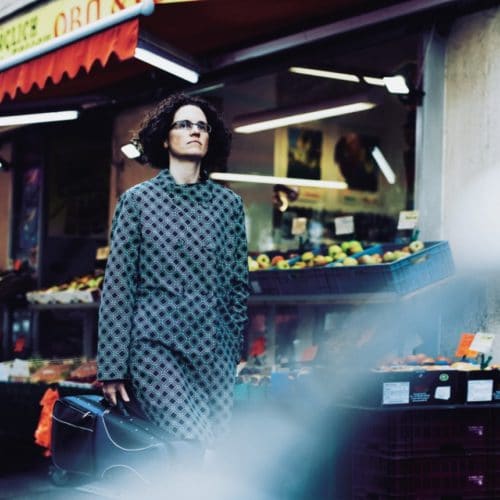

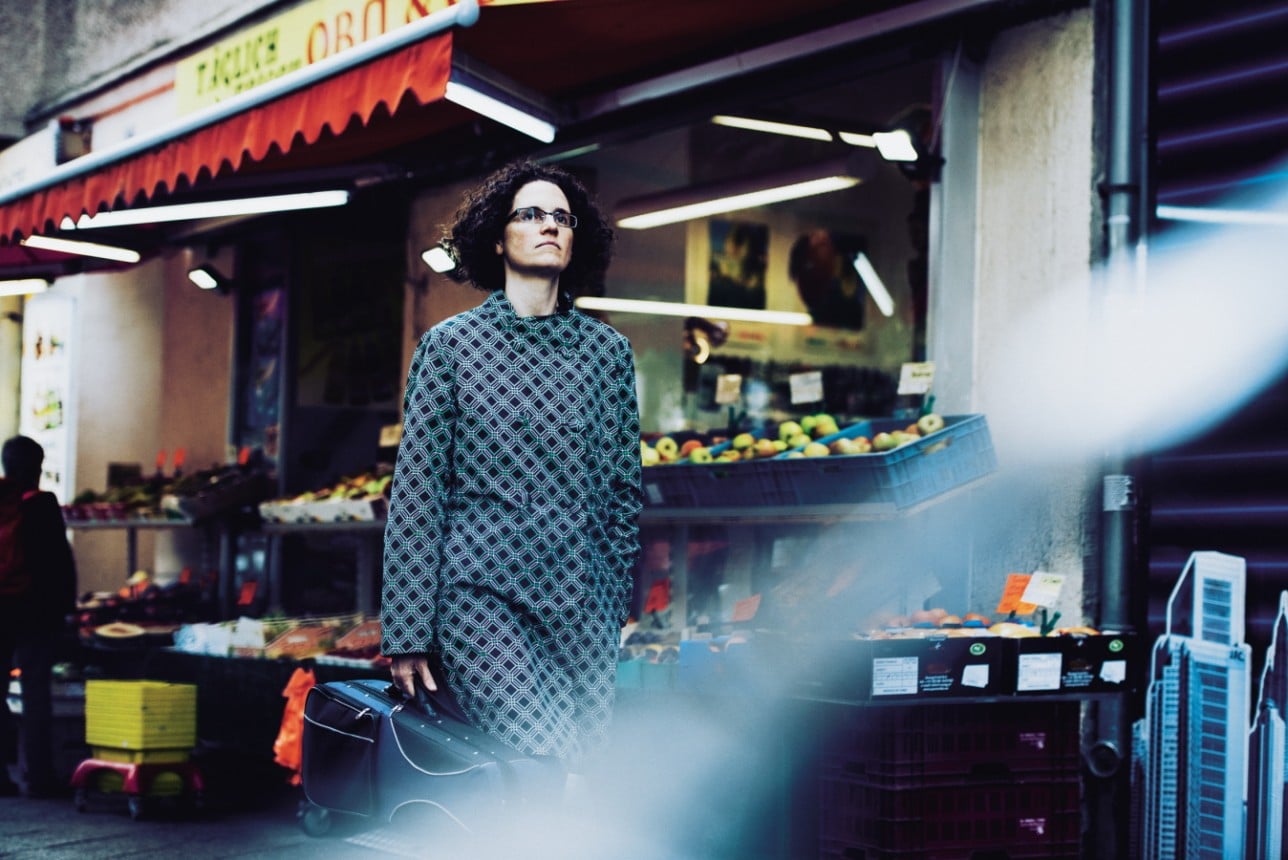
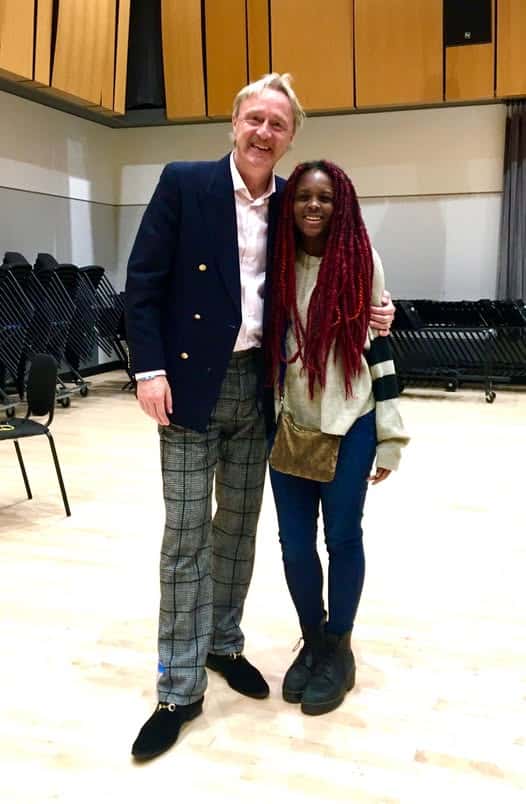

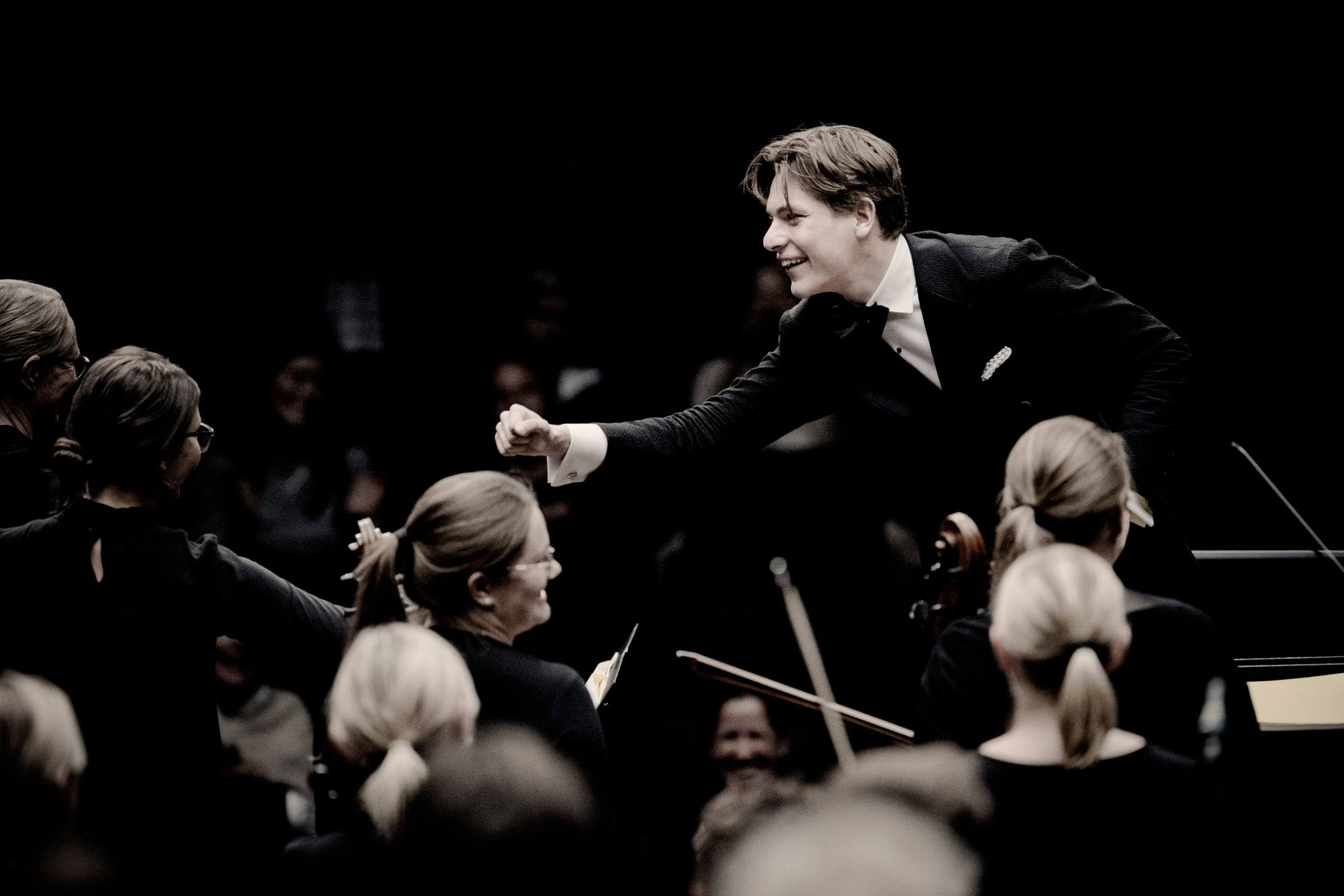
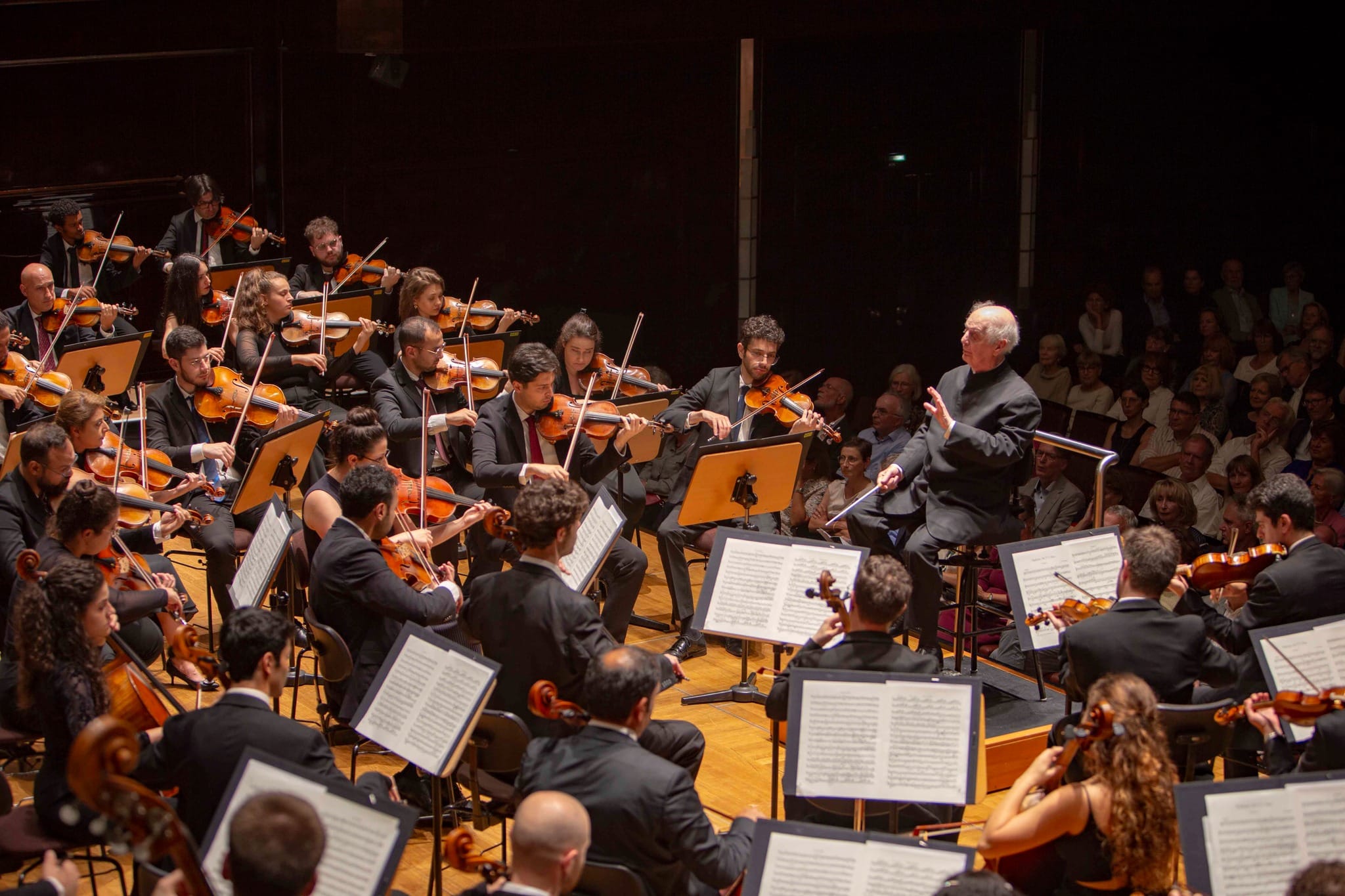
My favorite performance:
https://www.youtube.com/watch?v=YJHIIdLeNrE
Sooooo interesting.
First measure development of 1st movement, penultimate measure cello variation slow movement, second theme last movement, end of trio section……
Those would have been my guesses:
First movement, second violin is important in kicking the music off at the very beginning and in the beginning of the development section (bar 141). Kind of pushes the first violin towards the recap (187-197), and introduces the coda, together with the viola (299).
Second movement, the second violin is the engine of the third variation, especially in the second half (from bar 81 on), while first and cello trade their triple-stop explosions.
Third movement, second violin is responsible for the dance characteristics of the trio, and is allowed to sing the cantilena from bar 73, before the trio ends.
Fourth movement, if any: the moto perpetuo bit in the F major and Eb major places (from 173 and from 491)?, Maybe it’s nice to play the yodelling hiccups from 152 and from 616 (= leading melody by first violin in second half of the “theme” from 17).
These are goodies! I once saw Sandy Yamamoto of the Miro Quartet take that first measure after the repeat of the first movement up the G string. I don’t think I will ever be the same. An amazing moment by an amazing violinist.
2nd mvmt, bars 137-144, playing that heavily accented and syncopated descending line as Schubert has everyone in a different rhythmic pattern, all fighting to come out on top…
One of the joys of playing both violin and viola is of course the opportunity to play the majority of the parts. Haven’t quite succumbed to the temptation to learn the cello to start in on the rest, but the thought has crossed my mind on occasion. Had an acquaintance who learned the cello so that he could start recording himself playing quartets!
Hi Anthea, nice to read you again! One thing puzzles me: I never knew that a cannon could be tuned in D…… 🙂
Hahahah! Argh!!!!
All the best for the last tour Anthea. Lovely time of the year to be in Montreal. End of a phase in your musical career and I wait to see what it looks like when you turn the page and tell us about it.
Anthea, your posts are so interesting, I am looking forward the next one…..
I’ll definitely remember this next time a booger comes out.
Particularly entertaining when it sticks to the front of a cello…..
Eagerly awaiting the Schubert in Pittsburgh. Hope to say hello after.
Oh, my – the Schubert was glorious!